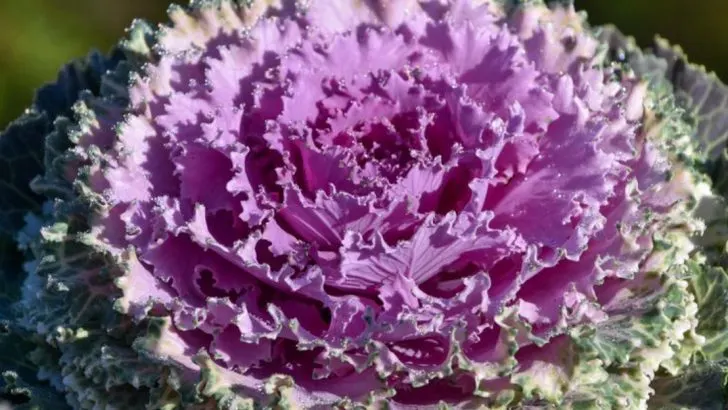Why choose between beauty and functionality when you can have both? Foodscaping is the art of blending edible plants into your ornamental garden design, creating a space that is both visually appealing and productive. Imagine growing colorful vegetables, vibrant herbs, and sweet fruits alongside your flowers and shrubs, creating a garden that provides food, beauty, and sustainability all at once.
This approach allows you to maximize space by incorporating food-producing plants into your landscaping, without sacrificing aesthetic appeal. From edible flowers and leafy greens to fruit trees and berry bushes, foodscaping encourages biodiversity while also making your garden more resilient and self-sufficient.
Discover how to transform your garden into a functional and beautiful space that nourishes both the body and the soul!
Kale: The Versatile Beauty

Kale’s striking foliage makes it an ideal candidate for foodscaping. Its curly leaves, ranging in hues from deep green to rich purple, create a visually stunning contrast against traditional flowering plants. This hardy vegetable thrives in various conditions, offering both aesthetic appeal and nutritious leaves for your kitchen. Planting kale alongside marigolds or pansies can deter pests while enhancing the garden’s vibrancy. Whether layered in flower beds or as a stand-alone feature, kale adds texture and depth. Its resilience and adaptability make it a favorite among gardeners seeking both beauty and function.
Strawberries: Sweet and Decorative
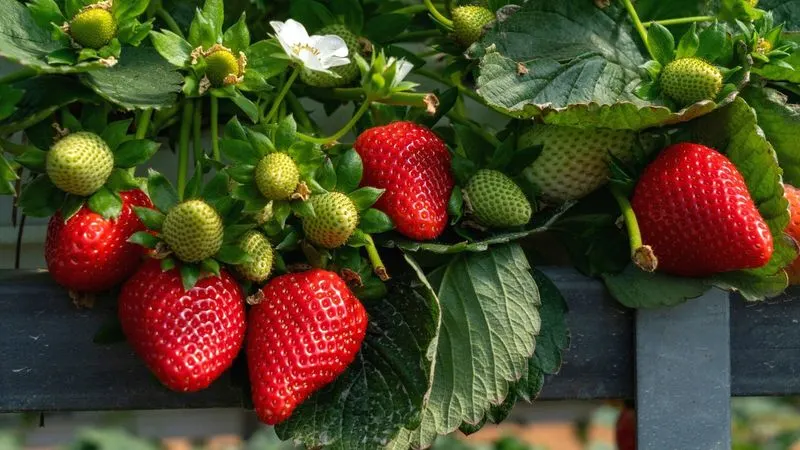
Strawberries bring delightful color and sweetness to gardens. Their vibrant red berries and delicate white flowers provide a striking visual contrast that complements many ornamental plants. These low-growing perennials are perfect for edging pathways or as ground cover in larger beds. Not only do they offer delicious fruit, but they also attract pollinators like bees, enhancing garden biodiversity. With proper care, strawberries can thrive in containers and hanging baskets, making them versatile for small spaces. Their charm and productivity make strawberries an irresistible addition to any foodscape.
Rainbow Chard: A Splash of Color
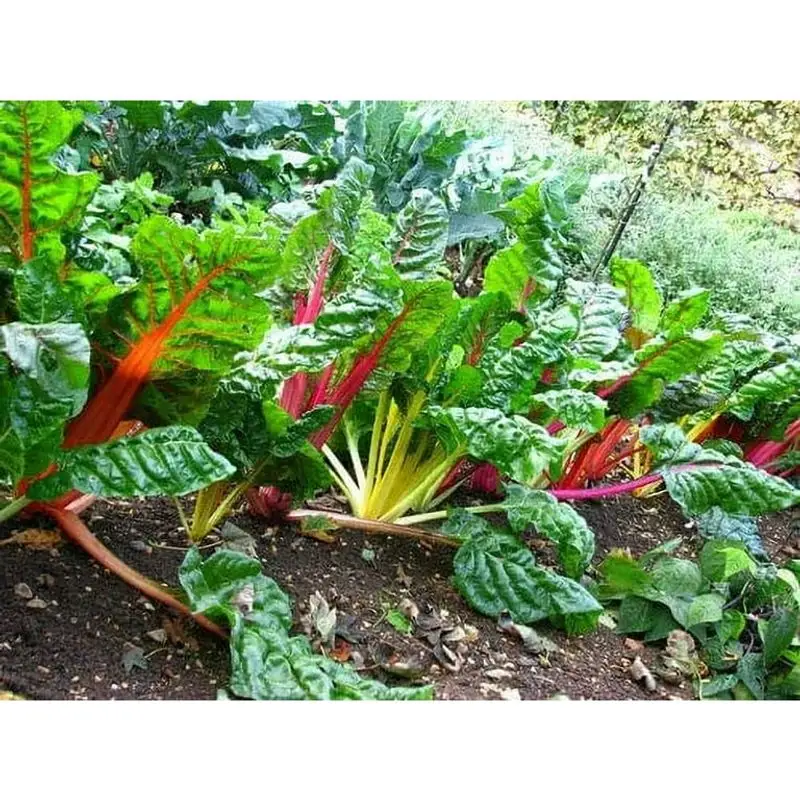
Rainbow chard stands out with its bright, multi-colored stalks and lush green leaves. This leafy green not only adds a pop of color but also serves as a nutritious addition to your diet. Ideal for borders or mixed into perennial beds, chard’s striking appearance can redefine garden aesthetics. Its tolerance to different climates means it can flourish from early spring to late fall. Incorporating chard into your garden design invites a rainbow of possibilities, combining practicality with striking beauty, delighting the eyes as well as the palate.
Basil: Fragrance and Flavor
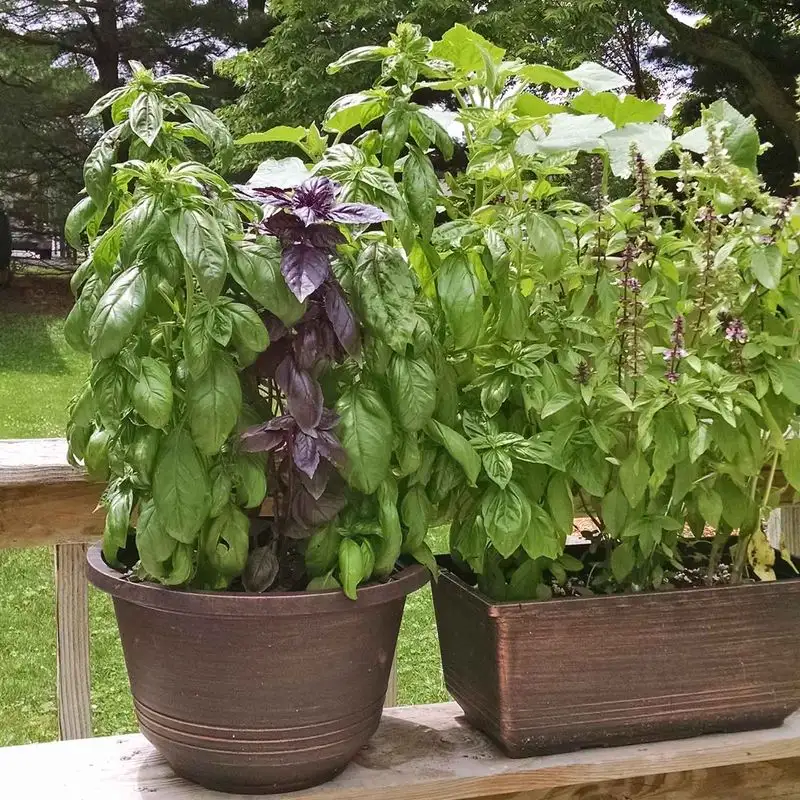
Basil offers both aromatics and aesthetics, with its aromatic leaves filling the air with a delightful scent. This herb pairs well with roses or lavender, creating a fragrant and visually appealing garden space. Its lush foliage adds a rich green backdrop, perfect for complementing colorful blooms. Beyond its beauty, basil is a kitchen staple, enhancing countless culinary creations. Planted near tomatoes, it can improve their growth and flavor. Basil’s dual purpose as a culinary herb and decorative plant makes it an indispensable part of any thoughtful foodscape.
Lavender: Serenity and Spice
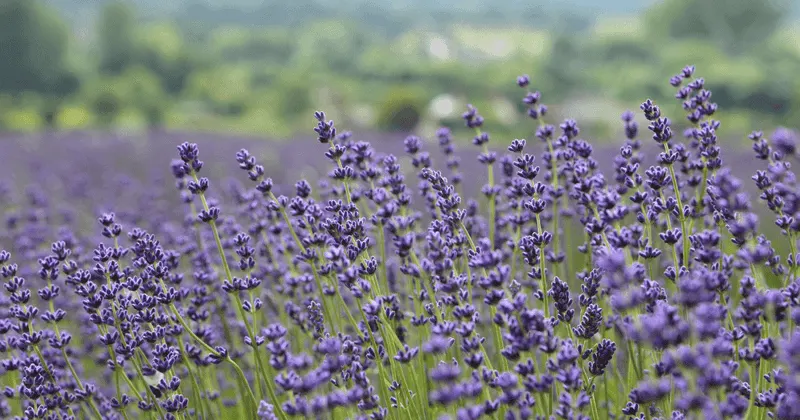
Lavender’s soothing scent and striking purple flowers captivate both the eyes and the senses. Known for its calming properties, it’s a favorite for creating serene garden spaces. The silvery foliage and vibrant blooms complement a wide range of edible plants like rosemary or thyme. This hardy perennial not only enhances the garden’s visual appeal but also deters pests naturally. Lavender can be harvested for culinary uses or dried for fragrant sachets. Its versatility and charm make it a timeless choice in the art of foodscaping.
Blueberries: Bountiful and Beautiful
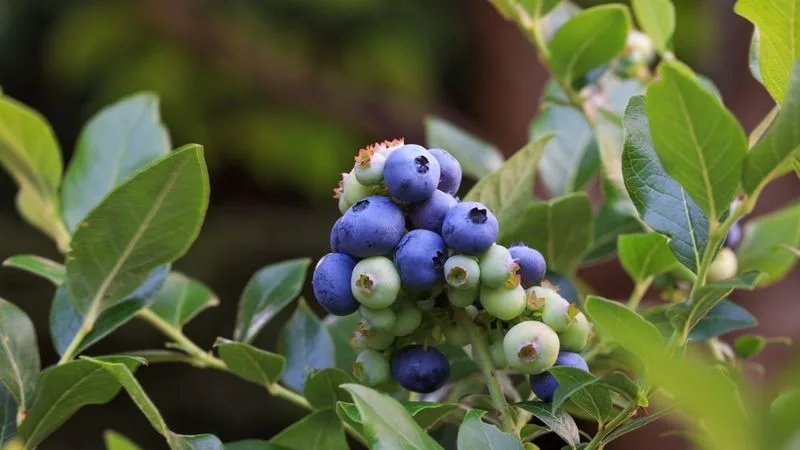
Blueberries offer both visual and culinary delights, with their rich blue berries and vibrant foliage. These shrubs can be used as hedges or focal points in garden design. The seasonal change in leaf color adds dynamic interest, shifting from green to fiery reds and oranges. Blueberries thrive alongside acid-loving plants like azaleas, benefiting from similar soil conditions. In addition to providing delicious berries, they attract beneficial wildlife, supporting a healthy ecosystem. With their multifaceted appeal, blueberries are a splendid choice for those embracing foodscaping.
Rosemary: Robust and Resilient
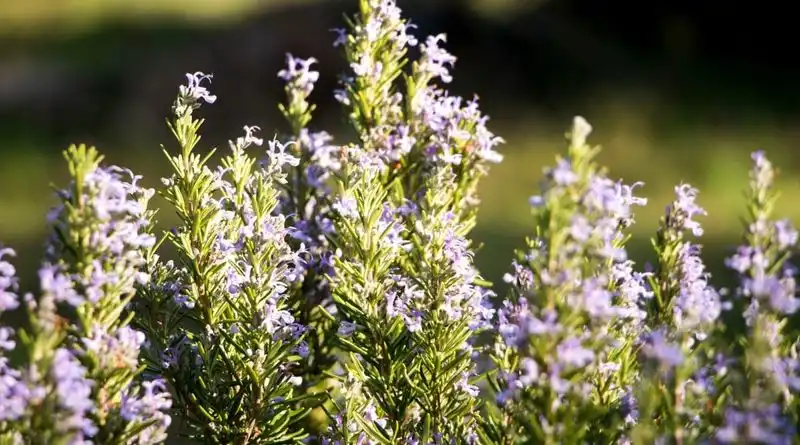
Rosemary’s robust form and fragrant needles make it a versatile addition to any garden. Its woody structure provides a striking contrast to softer plant forms, while its scent invigorates the senses. Suitable for rock gardens or as hedging, rosemary’s evergreen nature ensures year-round appeal. It thrives in sunny spots with well-drained soil, pairing well with Mediterranean herbs like thyme and sage. Beyond its ornamental value, rosemary is a culinary favorite, enriching dishes with its aromatic flavor. This resilient herb embodies the essence of a functional yet beautiful foodscape.
Fennel: The Licorice Elegance
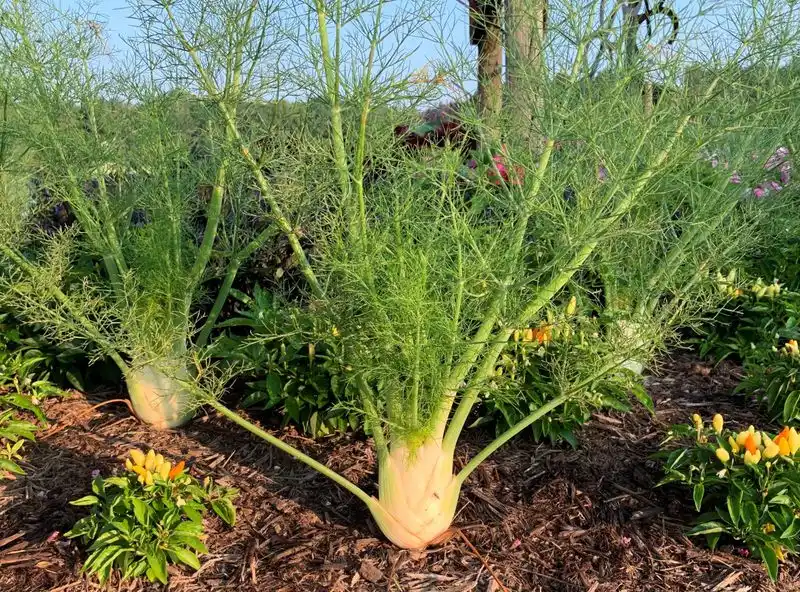
Fennel brings an air of sophistication to any garden with its feathery fronds and delicate yellow blossoms. These towering plants can reach heights of up to six feet, creating a striking vertical element. Nestled among flowering ornamentals, fennel’s unique licorice scent wafts through the air, tantalizing both the senses and the appetite.
Beyond its beauty, fennel is incredibly versatile. Its bulb, fronds, and seeds are all edible, making it a valuable addition to any culinary repertoire. Imagine harvesting fresh fennel for a crisp salad or aromatic soup, right from your own garden!
This harmonious blend of form and function makes fennel a standout choice for the adventurous gardener.
Nasturtium: The Peppery Jewel
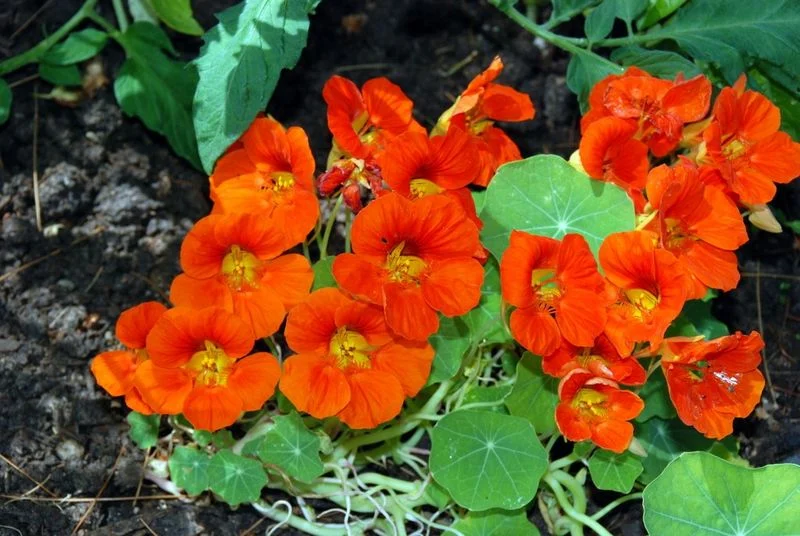
Nasturtiums are the jewels of the garden, their vibrant orange and red blossoms drawing the eye with their fiery hues. These trailing plants can be used to cascade over rocks or hang from pots, adding a playful touch to any garden setting.
But nasturtiums aren’t just about looks. Their peppery-tasting leaves and flowers are entirely edible, offering a zesty punch to salads and garnishes. Kids adore picking them, captivated by their bright colors and unique taste.
This edible beauty thrives with little care, making it an ideal choice for those who want cheerfulness without the fuss.
Pineapple Sage: Tropical Aroma

Pineapple Sage infuses the garden with a tropical flair, its vibrant red flowers and lush green leaves creating a visual and aromatic paradise. The sweet scent of pineapple wafts gently through the air, transporting you to an exotic escape.
Beyond its delightful fragrance, pineapple sage is a culinary gem. Its leaves add a fruity twist to teas and desserts, infusing dishes with a taste of the tropics. Imagine sipping a homemade pineapple sage tea while basking in the sun!
This plant is a delightful conversation starter, offering both beauty and a surprising culinary twist to your garden experience.

